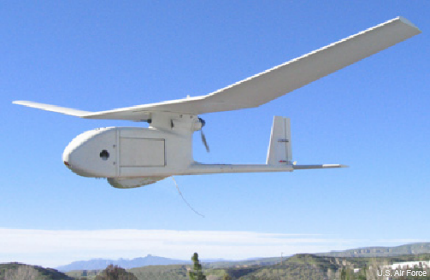Coast Guard to evaluate deploying drones along the coast
The agency plans flight tests to see how SAUS would fare assisting maritime first responders and other operations.

The Coast Guard is considering using unmanned aircraft along the nation’s coastlines to assist maritime first responders and other operational units.
The Guard’s Research and Development Center has issued a solicitation saying that it and the Homeland Security Department’s Science & Technology Directorate plan to evaluate small unmanned aircraft systems (SUAS) for their potential effectiveness in maritime environments.
The evaluations will be part of the Robotic Aircraft for Maritime Public Safety (RAMPS) project, which is a kind of spin-off of DHS’ similarly named Robotic Aircraft for Public Safety http project, but aimed specifically at the coastlines.
USCG plans to conduct flight tests and evaluate airborne sensors and SUAS platforms at a designated location—likely the Naval Air Warfare Center Aircraft Division’s test range—but for now the solicitation is looking for white papers from SUAS vendors. USGS wants to know about various platforms’ capabilities, flight experience, and safety performance and other criteria, including speed, mission radius and assembly times.
Vendors chosen to continue will be invited into a Cooperative Research and Development Agreement and given test plans and a demonstration script for a preliminary five days of flights at Webster Field, St Inigoes, Md., before the full evaluation by the Research and Development Center.
SAUS are typically defined as aircraft with wingspans of less than six feet and weighing no more than 55 pounds, and are operated from a wireless ground station, according to DHS. An SUAS common in the military is the Raven RQ-11B UAV, used by the Army, Air Force, Marine Corps and Special Forces, although the Coast Guard plans to evaluate a range of platforms.
Responses to the solicitation are due by Nov. 3.
NEXT STORY: Navy puts autonomous 'swarmboats' into action



